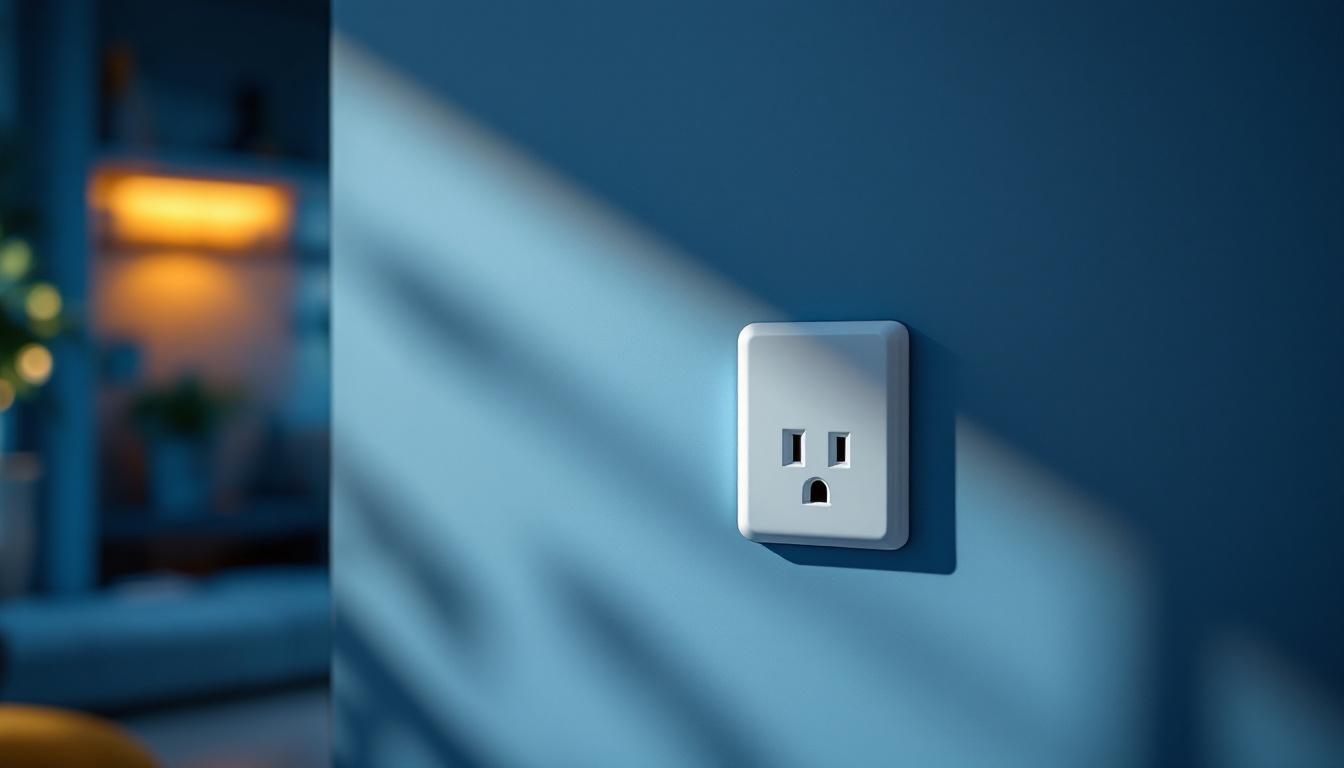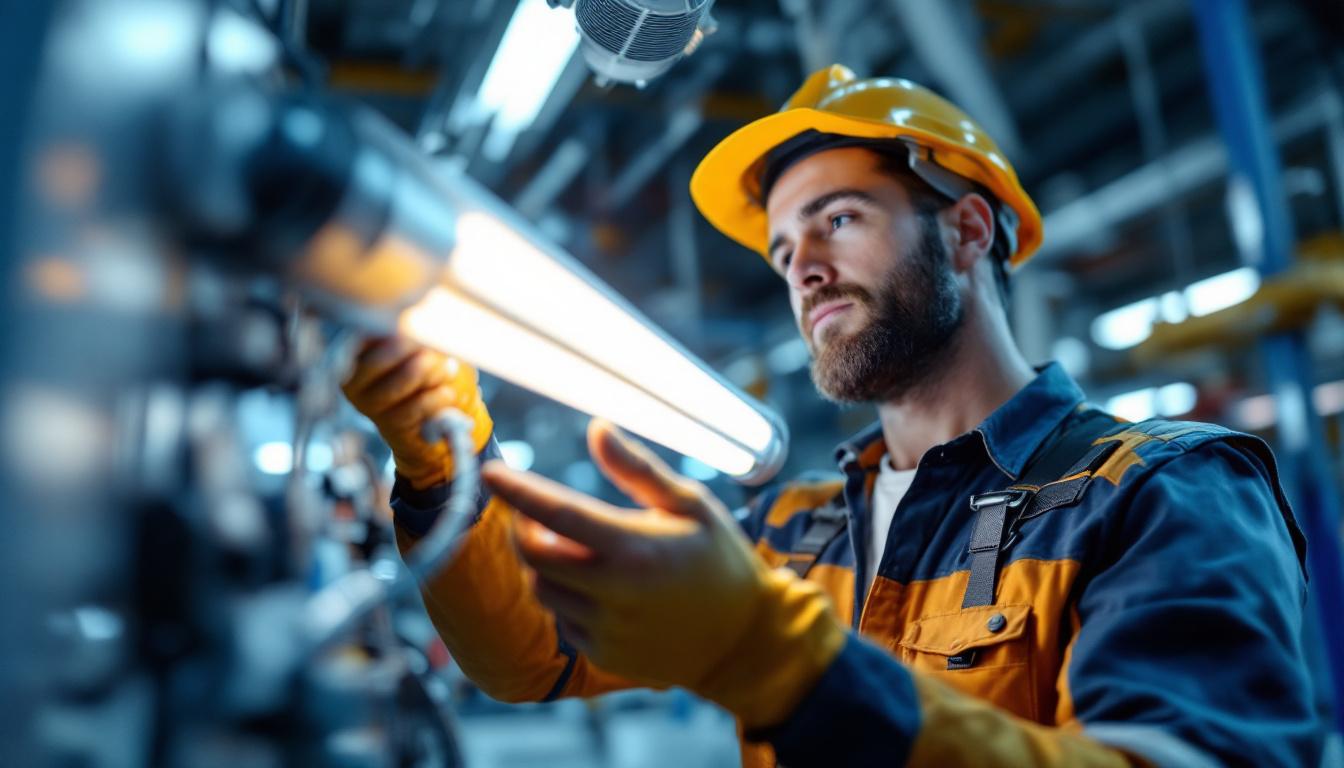
In the world of electrical installations, the process of wire pulling is a fundamental task that requires precision, skill, and a thorough understanding of best practices. For lighting contractors, mastering this technique is essential not only for ensuring safety and compliance but also for enhancing the overall efficiency of projects. This article delves into the best practices for wire pulling, tailored specifically for lighting contractors.
Before diving into the best practices, it is crucial to grasp the fundamentals of wire pulling. This process involves the installation of electrical wiring through conduits, walls, and ceilings to connect lighting fixtures to power sources. The success of wire pulling directly impacts the performance and reliability of the lighting systems installed. Proper wire pulling techniques can prevent future electrical issues, such as shorts or flickering lights, which can arise from improperly installed wiring. Therefore, understanding the nuances of this process is essential for both safety and functionality.
Lighting contractors typically work with various types of wires and cables, including non-metallic sheathed cables (NM), armored cables (AC), and low-voltage cables. Each type has its unique characteristics and applications, making it vital for contractors to choose the right wire for the specific lighting project. For example, NM cables are often used in residential applications due to their lightweight and flexible nature, while AC cables are favored in commercial settings where durability and protection from physical damage are paramount.
Understanding the differences between these cables not only aids in selecting the appropriate type but also influences the wire pulling techniques employed. For instance, NM cables are more flexible and easier to pull than armored cables, which may require additional tools and techniques due to their rigidity. Additionally, low-voltage cables, often used for landscape lighting or low-voltage fixtures, require careful handling to avoid damage, as they can be more susceptible to wear and tear compared to their higher voltage counterparts.
Having the right tools is essential for efficient wire pulling. Commonly used tools include fish tapes, wire pullers, and lubricant. Fish tapes are particularly useful for guiding wires through conduits, while wire pullers can help manage tension during the pulling process. Lubricants can significantly reduce friction, making the wire pulling smoother and preventing damage to the cables. Furthermore, specialized tools like cable grips can provide a secure hold on the wire, allowing for easier and more controlled pulling, especially in tight spaces.
Investing in high-quality tools not only enhances performance but also ensures safety during the wire pulling process. Regular maintenance of these tools is equally important to keep them in optimal condition. Additionally, contractors should consider the environment in which they are working; for instance, using tools designed for wet or humid conditions can prevent rust and prolong the life of the equipment. Moreover, understanding the layout of the installation site can help in planning the wire pulling process more effectively, minimizing potential obstacles and ensuring a smoother workflow.
A well-thought-out plan is crucial for a successful wire pull. This phase involves assessing the project requirements, determining the routing of the wires, and evaluating potential obstacles. Proper planning can save time and reduce the risk of errors during installation.
Before beginning the wire pull, contractors should conduct a thorough assessment of the installation site. This includes identifying the location of lighting fixtures, power sources, and any existing structures that may impede the wire pulling process. Understanding the layout allows for better planning and can help in determining the most efficient route for the wires.
Additionally, contractors should take note of any potential hazards, such as sharp edges or areas with limited access. Addressing these issues beforehand can prevent accidents and ensure a smoother workflow.
Accurate calculations of wire length are essential to avoid unnecessary waste and ensure that there is enough wire for the installation. Contractors should measure the distance from the power source to the fixture, accounting for any bends or turns in the conduit. It is advisable to add a few extra feet to the calculated length to accommodate any unforeseen adjustments during installation.
Having the correct wire length not only streamlines the installation process but also contributes to the overall efficiency of the project, allowing contractors to stay on schedule and within budget.
Once the planning phase is complete, it’s time to execute the wire pull. This stage requires careful attention to detail and adherence to safety protocols to ensure a successful outcome.
Employing the right techniques during the wire pull can make a significant difference in efficiency and safety. When pulling wire through conduits, it is essential to maintain a steady and even tension. Jerking or yanking the wire can lead to damage or kinks, which may compromise the integrity of the installation.
In situations where multiple wires are being pulled simultaneously, it is advisable to use a pull string to manage the tension and prevent entanglement. This technique allows for a smoother pull and minimizes the risk of damaging the wires.
As mentioned earlier, using lubricant can greatly enhance the wire pulling process. Applying a suitable lubricant reduces friction between the wire and conduit, making it easier to pull the wire through tight spaces. It is important to choose a lubricant that is compatible with the type of wire being used to avoid any adverse reactions.
Contractors should apply lubricant sparingly and ensure that it does not come into contact with the electrical connections or terminals, as this could lead to potential safety hazards.
After completing the wire pull, several key considerations must be addressed to ensure the integrity and functionality of the installation.
Once the wires are in place, a thorough inspection is necessary. This involves checking for any visible damage to the wires, ensuring that they are properly secured, and verifying that all connections are tight and free from corrosion. Any issues identified during this inspection should be addressed immediately to prevent future problems.
Additionally, contractors should ensure that all wiring complies with local electrical codes and regulations. This not only ensures safety but also protects the contractor from potential liabilities.
Testing the lighting system after installation is crucial to confirm that everything is functioning as intended. This includes checking the operation of each fixture, ensuring that there are no flickering lights or dead circuits. Utilizing a multimeter can help in diagnosing any electrical issues that may arise during testing.
Conducting a thorough test not only guarantees the safety and reliability of the installation but also enhances customer satisfaction by delivering a fully operational lighting system.
Safety should always be a top priority during wire pulling and electrical installations. Adhering to safety best practices can help prevent accidents and ensure a secure working environment.
Contractors should always wear appropriate personal protective equipment (PPE) when performing wire pulls. This includes safety goggles, gloves, and hard hats to protect against potential hazards. Proper footwear is also essential to provide stability and prevent slips and falls.
Ensuring that all team members are equipped with the necessary PPE creates a culture of safety on the job site, reducing the likelihood of accidents and injuries.
Compliance with local electrical codes and regulations is not only a legal requirement but also a critical aspect of ensuring safety. Contractors should stay updated with any changes in codes and ensure that all installations meet or exceed these standards.
Incorporating code compliance into the planning and execution phases of wire pulling can help avoid costly rework and potential legal issues down the line.
The electrical industry is constantly evolving, with new technologies and methods emerging regularly. For lighting contractors, committing to continuous improvement and training is essential for staying competitive and delivering high-quality installations.
Keeping abreast of industry trends and advancements can provide contractors with valuable insights into new techniques and tools that can enhance the wire pulling process. Attending workshops, trade shows, and industry conferences can be beneficial for networking and learning from peers.
Additionally, subscribing to industry publications and online resources can help contractors stay informed about best practices and innovations in electrical installations.
Investing in training programs for team members can significantly improve the overall skill level of the workforce. Regular training sessions focused on wire pulling techniques, safety protocols, and the use of new tools can enhance efficiency and reduce the risk of errors.
By fostering a culture of learning and development, lighting contractors can ensure that their teams are well-equipped to handle any challenges that may arise during installations.
Wire pulling is a critical aspect of lighting installations that requires careful planning, execution, and adherence to safety protocols. By following best practices, lighting contractors can enhance their efficiency, ensure compliance with regulations, and deliver high-quality results to their clients.
From understanding the basics of wire types to employing proper techniques and investing in continuous training, each step in the wire pulling process contributes to the overall success of electrical installations. By prioritizing safety and quality, lighting contractors can build a reputation for excellence in the industry, ultimately leading to greater customer satisfaction and business growth.
Ready to elevate your wire pulling and lighting installations with the best materials on the market? Look no further than LumenWholesale for all your spec-grade lighting needs. Our extensive selection of high-quality products is available at unbeatable wholesale prices, ensuring you get the most value for your investment. Say goodbye to local distributor markups and hello to hassle-free bulk buying with free shipping. Don’t compromise on quality or cost—visit LumenWholesale today and experience the ultimate in contractor convenience and savings for your next project.

Explore the advantages and drawbacks of sourcing industrial lighting products in Sanford, Florida, tailored for lighting contractors.

Discover the essential guide for lighting contractors with our comprehensive handbook on lamp post poles.

Discover the latest trends in electrical duplex outlets that every lighting contractor needs to know.

Discover the key advantages of using ballast for compact fluorescent lamps in this insightful article tailored for lighting contractors.